CVD Process in Semiconductors
Over the past decade, the need for leading-edge technology leadership has transformed from an amorphous goal to an absolute necessity at semiconductor companies. Moreover, these products are the unsung heroes of the technological world, and they have made it possible for revolutionary technologies, including artificial intelligence and machine learning, in recent years, which have changed how we live and work.
Within industrial applications, the major demand drivers for semiconductors include investments in medical electronics, aerospace equipment, power, and energy products, as well as upgrades to lighting solutions.
Chemical vapour deposition (CVD) is a powerful technology for producing high-quality solid thin films and coatings used in semiconductor manufacturing. It is the process involving chemical reactions taking place between organometallic or halide compounds to be deposited and the other gases to produce nonvolatile solid thin films on substrates.
In typical CVD, the wafer is exposed to one or more volatile precursors, which react and/or decompose on the substrate surface to produce the desired deposit.
CVD offers a wide range of material types, including silicon (dioxide, carbide, nitride), carbon (fiber, nanofibers, nanotubes), fluorocarbon co-monomers, and various high-K dielectrics.
These techniques are advantageous for membrane coatings as well, such as those in desalination or water treatment, as these coatings can be sufficiently uniform (conformal) and thin that they do not clog membrane pores.
Benefits of Chemical Vapor Deposition:
- Low temperature growth process.
- Fast deposition rate (especially APCVD).
- Does not have to be a silicon substrate.
- Good step coverage (especially PECVD).
This process is the most widely used method to grow thin films because it gives highly reproducible results. The CVD process begins with a silicon dioxide substrate that has been deposited on a stainless steel-backed membrane. Moisture evaporated in a thermal dehydration system allows for removal of oxygen impurities and heating to about 1000-1100 ˚C allows for preparation of the surface chemistry and etch passivation. The purging of residual gas from this process is essential to obtain optimal growth. Substrate temperature control is not only important during the deposition process but also for substrate cooling, which requires 20-30 minutes after deposition depending on the substrate material.
CVD has been classified by three parameters:
1.Operating Conditions:
(i) Atmospheric Pressure CVD (APCVD)
(ii) Low-pressure CVD (LPCVD), and
(iii) Ultrahigh vacuum CVD (UHVCVD);
2. Physical Characteristics of Vapor:
(i) Aerosol-assisted CVD (AACVD)
(ii) Direct liquid injection CVD (DLICVD)
3. Substrate Heating:
(i) Hot wall CVD
(ii) Cold wall CVD
Types of Contaminants in the CVD Process:
- Airborne molecular contaminants [AMC]
- Gas-phase pollutants
![]()
Airborne Molecular Contaminants [AMC]:
AMC can lead to secondary contamination issues in semiconductor manufacturing operations (such as particles or haze) if the indoor air is not filtered.
Additionally, different types of AMC require several gas filter layers because of their varying physicochemical qualities, which raises the maintenance expenses associated with semiconductor manufacturing.
Wafers in the semiconductor manufacturing processes ought to be shielded from airborne molecular contaminants [AMC] to prevent damage to process equipment.
The equipment and CVD process is also equally protected from critical acids, bases, gaseous contaminants, and organics to reduce contamination risk and all other critical issues.
Filtration Solutions:
The control of pollutants is extremely strict in the semiconductor industry. To ensure the normal operation of the clean room, a reliable and stable filter system is needed. The performance of the air filtration system directly determines the efficiency of the removal of air pollutants. For the air that enters the key area, a high performance leakless air filter [HEPA/ ULPA filters ; Gas-phase filters] is needed as the end filtration device to ensure the required air quality of the clean room.
As such, air filtration represents a vital link in the overall industry value chain.
We [American Air Filter (AAF)] offer a broad range of ASHRAE 52.2 compliant and prefiltration to terminal HEPA filters. Choosing the appropriate coarse filter will prolong the service life of the high efficiency filter.
To ensure the highest level of air cleanliness, semiconductor products need to rely on high efficiency particulate air filters as terminal filters.
Air Filtration Solutions:
- Pre Filters
- Bag Filters
- HEPA/ULPA Filters
- FFU
- Cassette [MD/CG/HD]
- DBS/SAH
- RU/PRU
Explore the world of particulate and gas-phase filtration solutions from AAF by dropping us a line
Web: https://www.aaf-india.com/contact/

